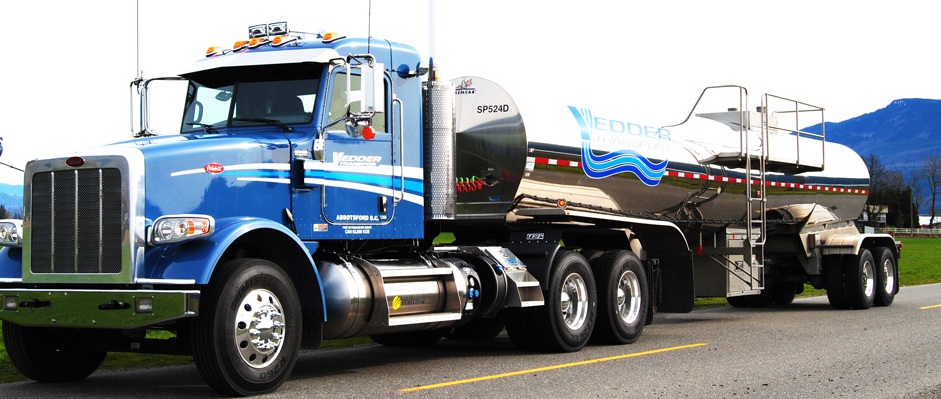Over the next three decades, global transportation industry will face new challenges associated with demographics, urbanization and stringent regulations to minimize emissions, obstruction of aging transportation infrastructure and growth in fuel demand. The global population is projected to increase by 2.2 billion, reaching 9.2 billion, with more than two-thirds of population living in cities. Additionally, number of megacities is expected to increase from today's 22 cities to more than 60 megacities by 2050. Most of the megacities are emerging mostly in Asia, Africa and Latin America, which will face high levels of pollution, noise and traffic congestions. Furthermore, these conditions will be augmented by the two to three billion cars and trucks that could be on roads. Travel and road frights will get double over the same period due to increased demand for transport coupled with economic development and improvements in standards of living.
Major players of industry are facing challenge from their own customers as they are becoming significant new entrants to this industry. Amazon is an important example: the company is looking to develop its in-house proficiency in warehousing as well as develop its own delivery capabilities. Hence its acquisition of Kiva Systems, a warehouse automation specialist, now part of Amazon Robotics business unit. In Asia, Alibaba is also focusing on improving delivery services for its sellers by setting up Cainiao, the official global parcel tracking platform of Alibaba Group.
Labor is a vital element of any transportation or logistics operating model, an up till now there always been a compromise between service levels and costs. But the emerging automation technologies is breaking down this equation, allowing firm to deliver better services and save money at the same time. Some of the labor intensive processes in transportation industry are getting partially or fully automated, from warehousing to door-step delivery.
Global aviation sector maintained its momentum with passenger demand increased up by 6.5% compared to previous years thanks to low air-fares absorbing the benefit of lower fuel prices and encouraging air travel. The industry outlook expected to remain positive in 2017 as airline will lose the boundaries and obtain the cost benefit of falling jet fuel prices. International Air Transport Association (IATA), predicted that air passengers traffic will increase by 6.9% in 2017. The Middle East carriers will possess their leadership in RPK (Revenue Passenger Kilometers) growth, closely followed by Asia-Pacific, driven by growing domestic demand in China.
Slower market growth of industry driving M&A activities, 2015 was a record year for transportation and logistics sector with total value of M&A business and funding for startups both reached all time highs. The value of completed M&A accounted for USD 74 billion in 2015 and approximately USD 100 billion of further transaction were announced in the same year, which set the M&A activity in transportation and logistics sector at a record level. In 2015, a number of major acquisitions and large transaction could be observed- The acquisition of US based logistics company, Coyote Logistics by UPS, worth USD 1.8 billion; - The acquisition of the French forwarder Norbert Dentressangle by XPO Logistics, worth USD 2.8 billion and the acquisition of TOLL Logistics by Japan Post, worth USD 5 billion.
Looking at the dynamic startups it is projected that transportation industry expects to witness further increase in venture investments. Despite forthcoming challenges, such as rapid digitization of business processes and ever growing e-commerce business and innovative startups will be well outfitted to respond to such trends and offer new solutions. Hence, it is only a matter of time before strategic investors mark these startups as acquisition targets to complement existing business models.

